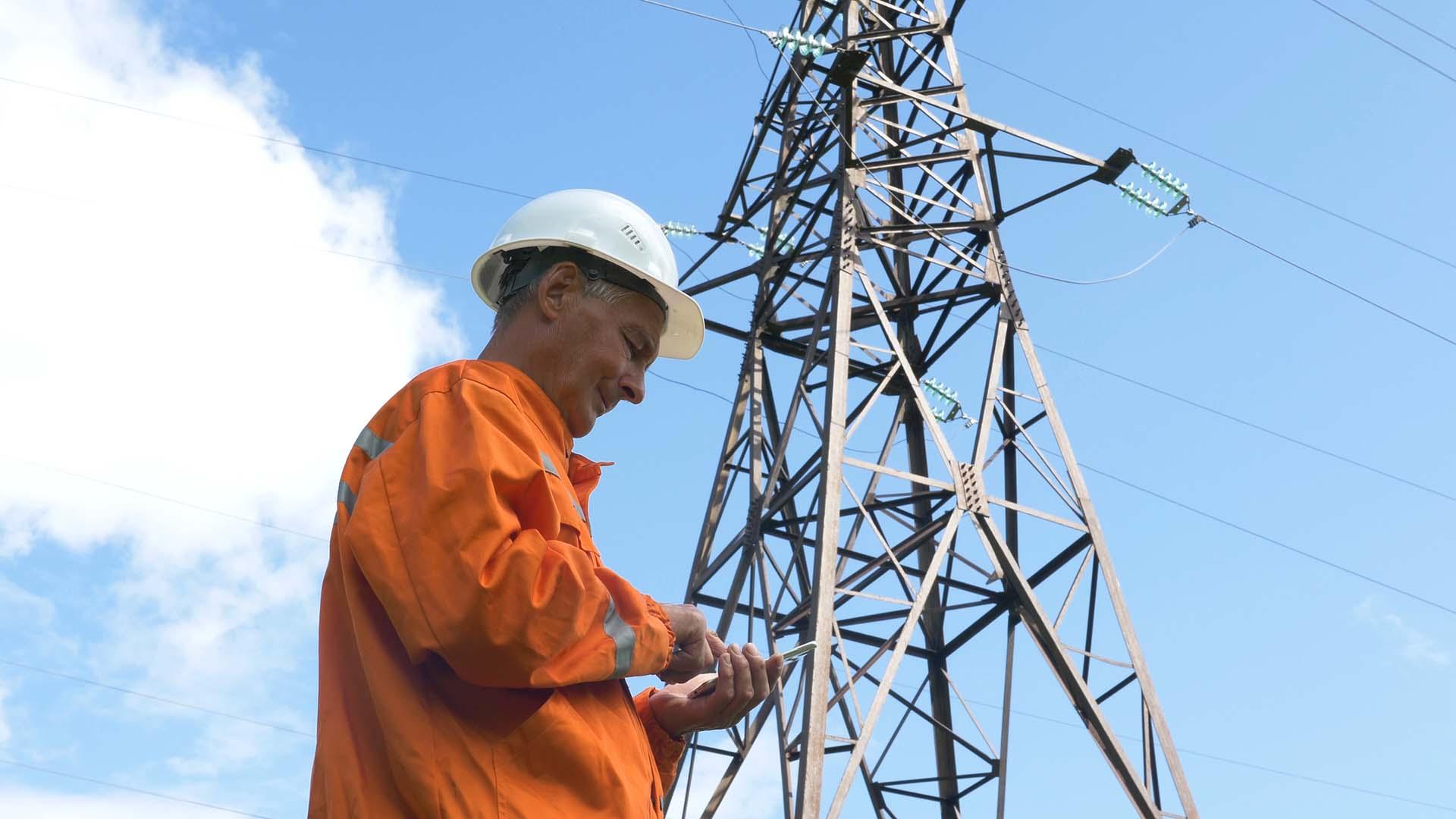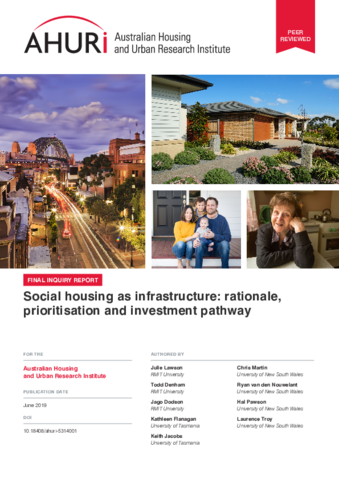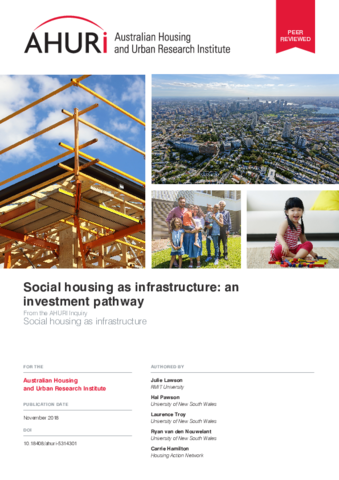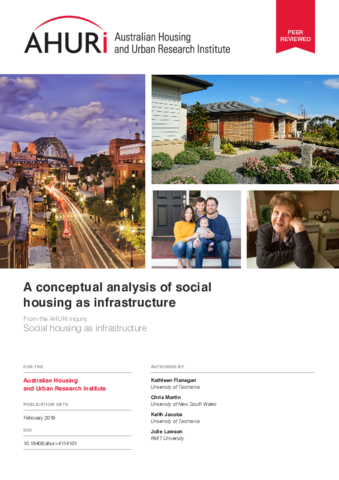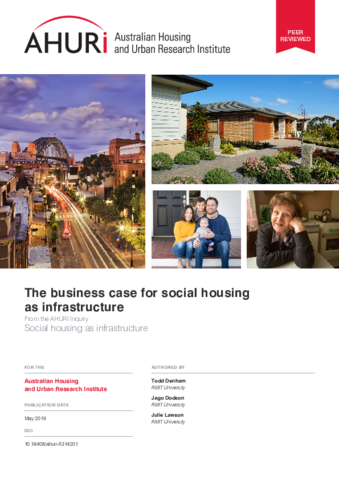This research investigated how business case frameworks for major transport infrastructure projects might be applied to assessments of social housing as infrastructure, including approaches to cost-benefit analysis (CBA).
A number of different theoretical analysis models were considered, including alternatives to conventional infrastructure CBA methodologies, that could strengthen analytical methodologies and evidence-based arguments to support investment in social housing.
Conceptualising social housing as infrastructure implies introducing wider non-welfare goals, such as providing better jobs access via well located housing for key and low-paid city workers (as could be the case with a road or rail link). However, the analytical methods by which to assess productivity gains from social housing (such as range of non-market traded benefits including wellbeing, security of tenure and social inclusion) are not yet sufficiently advanced.
Alternates to developing conventional business cases for social housing include the ‘Avoided cost approach’, which offers estimates of whole-of-government fiscal savings across portfolios other than housing as a result of social housing provision, and thus avoids the issues of monetisation of ‘intangible’ dimensions of housing; and the Housing adjusted life years (HALY) method, based on seeing homelessness or inadequate housing as a public health issue which reduces life expectancy and quality of life.

